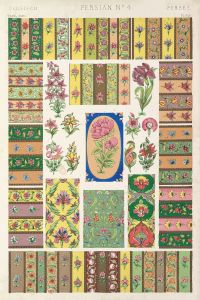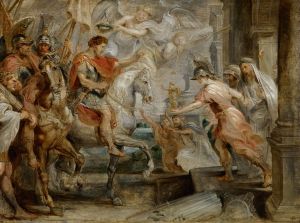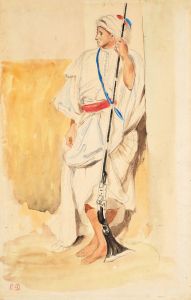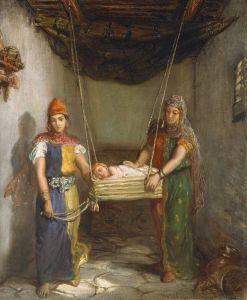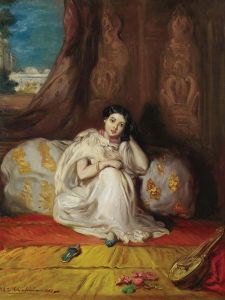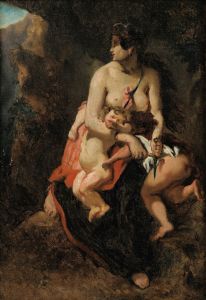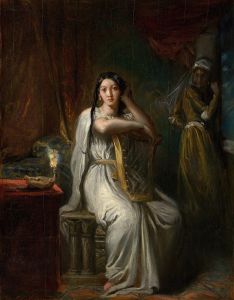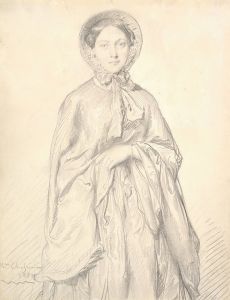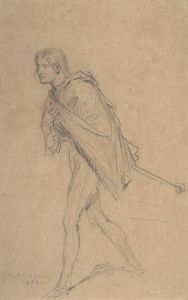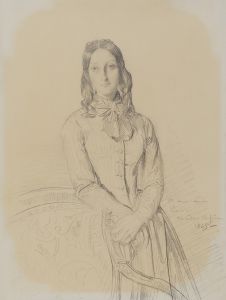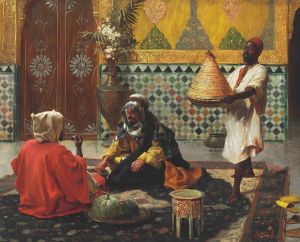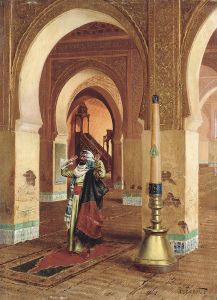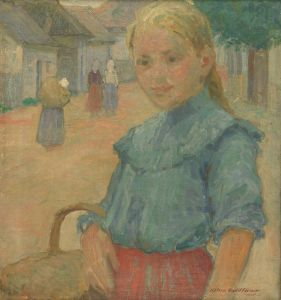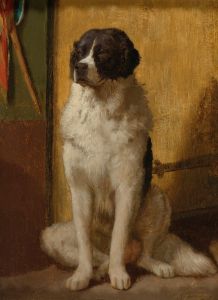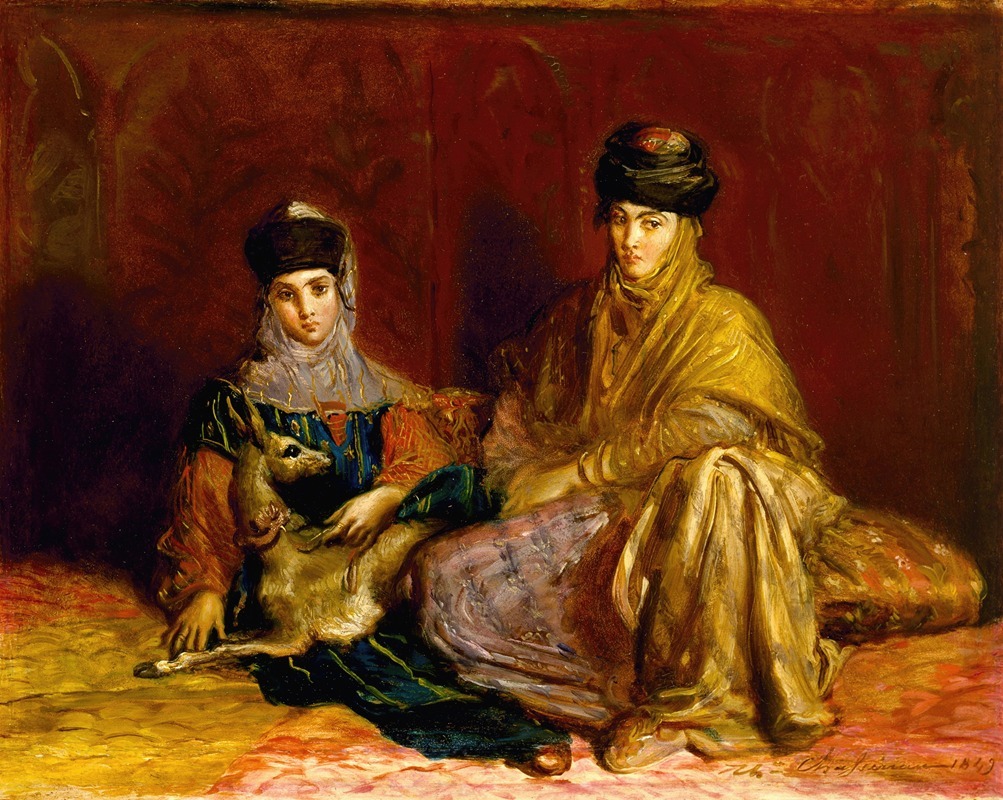
Woman and Little Girl of Constantine with a Gazelle
A hand-painted replica of Théodore Chassériau’s masterpiece Woman and Little Girl of Constantine with a Gazelle, meticulously crafted by professional artists to capture the true essence of the original. Each piece is created with museum-quality canvas and rare mineral pigments, carefully painted by experienced artists with delicate brushstrokes and rich, layered colors to perfectly recreate the texture of the original artwork. Unlike machine-printed reproductions, this hand-painted version brings the painting to life, infused with the artist’s emotions and skill in every stroke. Whether for personal collection or home decoration, it instantly elevates the artistic atmosphere of any space.
"Woman and Little Girl of Constantine with a Gazelle" is a painting by the French Romantic artist Théodore Chassériau, completed in 1849. Chassériau, a prominent figure in 19th-century French art, was known for his portraits, historical scenes, and Orientalist works. This particular painting is an example of his interest in Orientalism, a genre that depicted the cultures and peoples of the Middle East and North Africa, often through a European lens.
The painting portrays a woman and a young girl from Constantine, a city in northeastern Algeria, accompanied by a gazelle. The choice of subjects reflects Chassériau's fascination with the exotic and the everyday life of people in regions that were, at the time, considered distant and mysterious by European audiences. The inclusion of the gazelle, an animal native to North Africa, adds an element of local color and authenticity to the scene.
Chassériau's style in this painting is characterized by his use of rich colors and detailed textures, which bring out the vibrancy of the clothing and the delicate features of the figures. The woman's attire, likely inspired by traditional Algerian dress, is depicted with intricate patterns and vivid hues, showcasing Chassériau's skill in rendering fabric and ornamentation. The young girl, standing beside the woman, is portrayed with a sense of innocence and curiosity, her gaze directed towards the viewer.
The setting of the painting is intimate, focusing on the figures and their immediate surroundings. This approach allows Chassériau to emphasize the personal and human aspects of his subjects, rather than depicting them as mere exotic stereotypes. The gazelle, a symbol of grace and beauty, complements the serene and gentle atmosphere of the composition.
Chassériau's interest in Orientalism was partly influenced by his travels to Algeria in the 1840s. During this period, Algeria was a French colony, and many French artists and writers were drawn to the region, inspired by its landscapes, architecture, and diverse cultures. Chassériau's works from this time reflect a blend of Romantic idealism and a desire to capture the reality of life in North Africa.
"Woman and Little Girl of Constantine with a Gazelle" is housed in the Louvre Museum in Paris, where it is part of the collection of 19th-century paintings. The work is appreciated for its aesthetic qualities and its contribution to the Orientalist genre, which played a significant role in shaping Western perceptions of the East during the 19th century.
Chassériau's legacy as an artist is marked by his ability to bridge the gap between Romanticism and emerging modern styles. His works continue to be studied for their technical mastery and their exploration of cultural themes. "Woman and Little Girl of Constantine with a Gazelle" remains a testament to his artistic vision and his engagement with the world beyond Europe.





